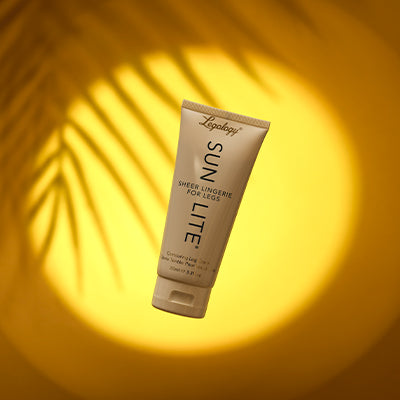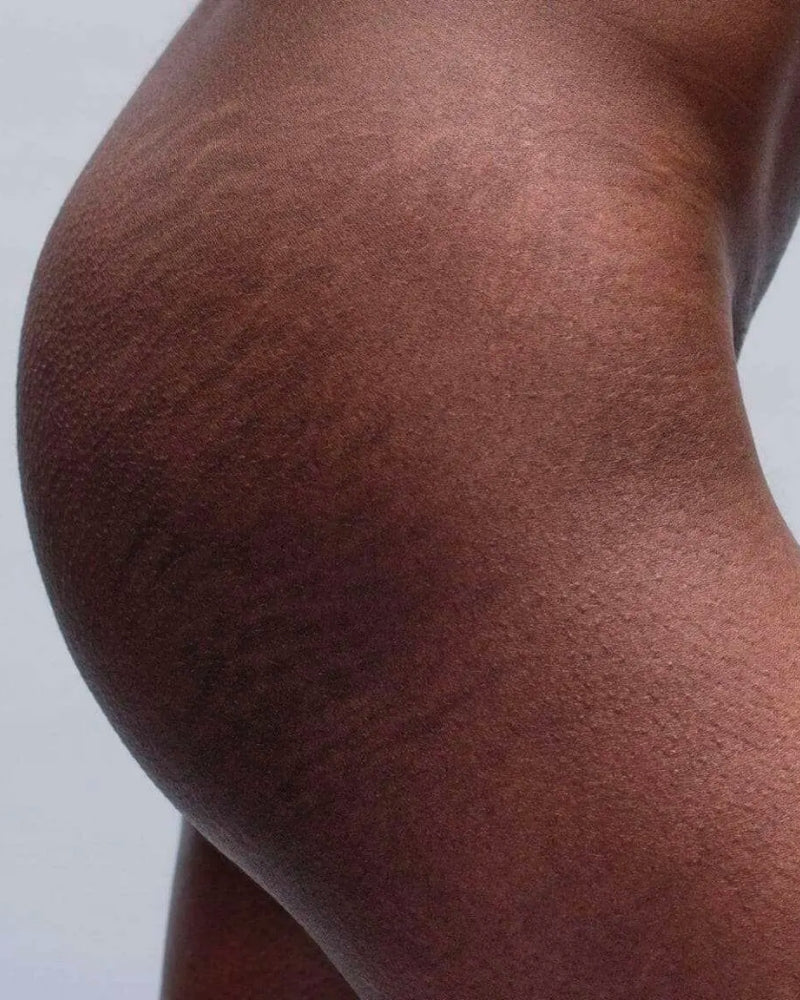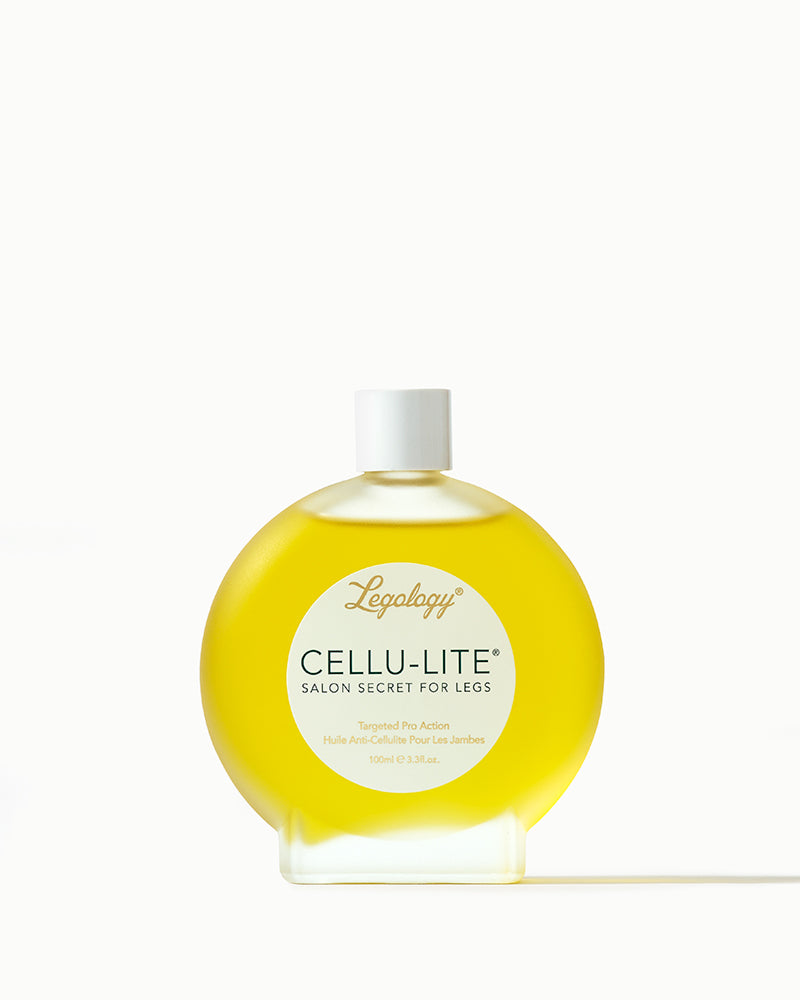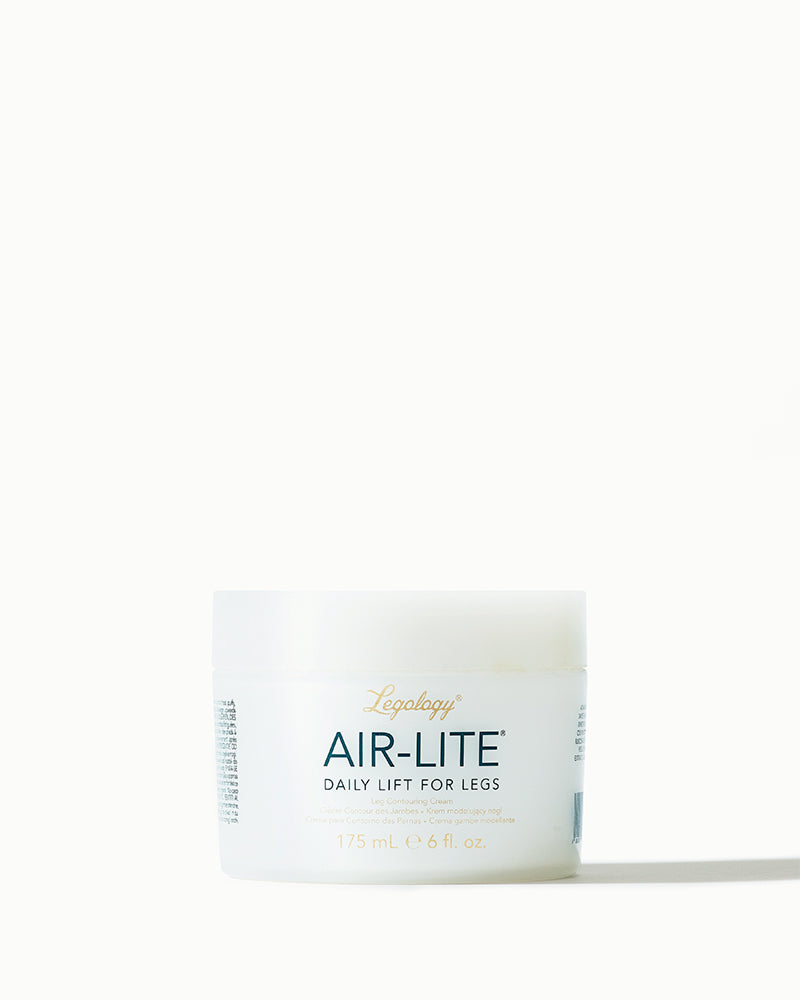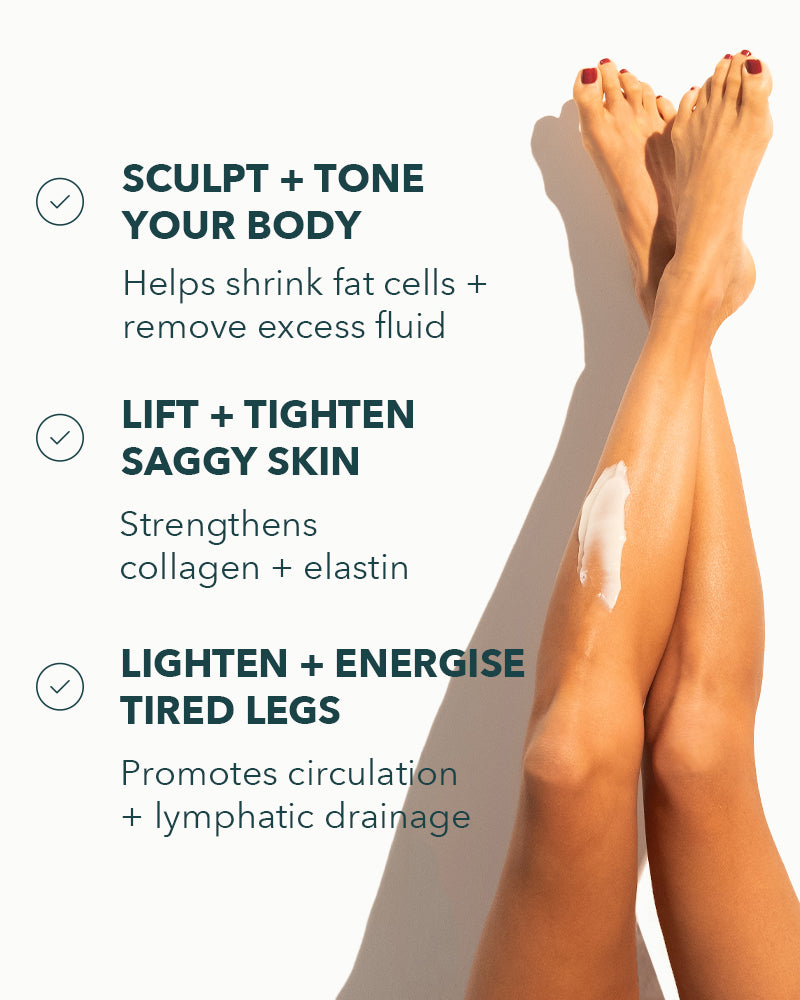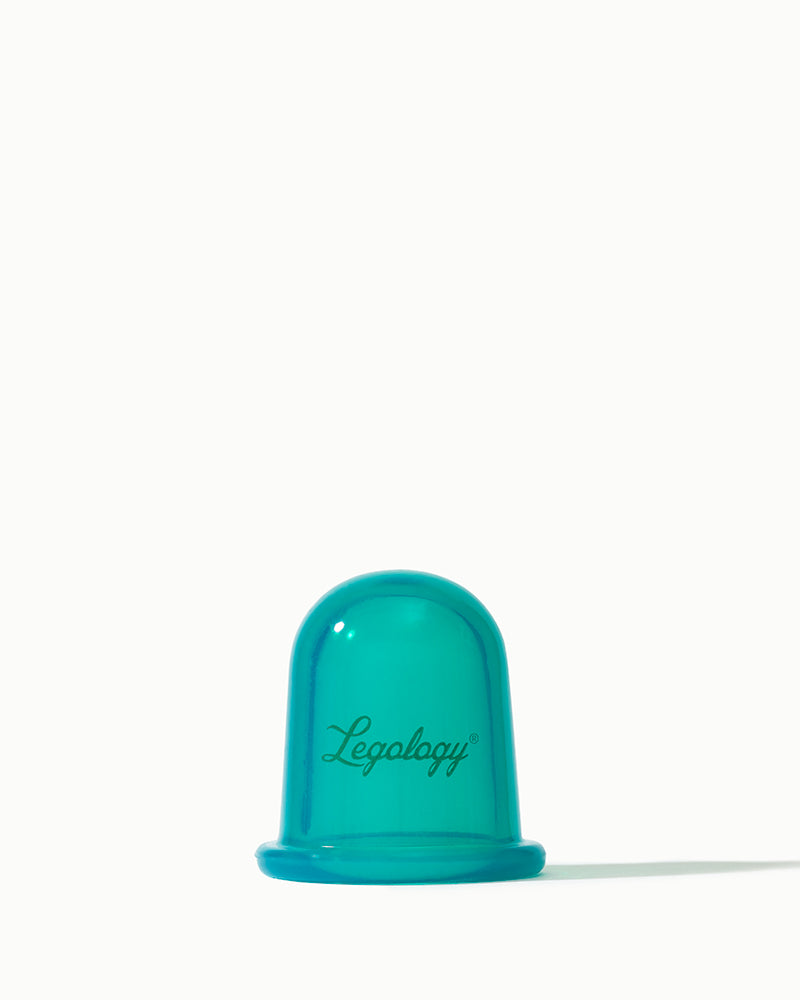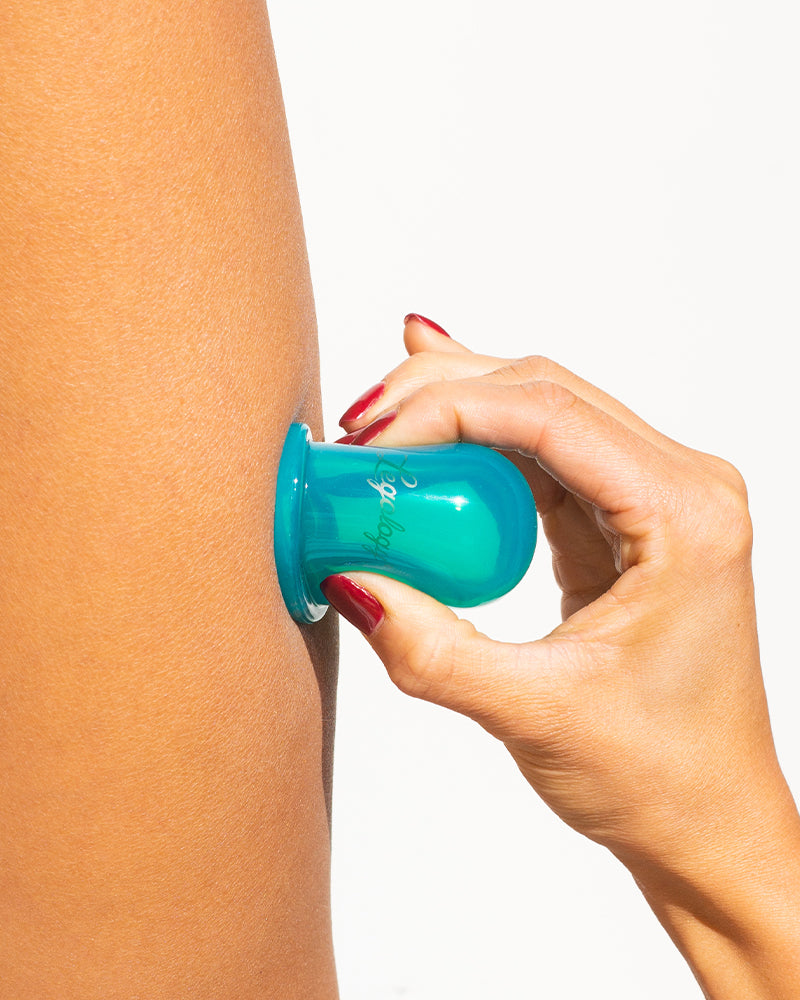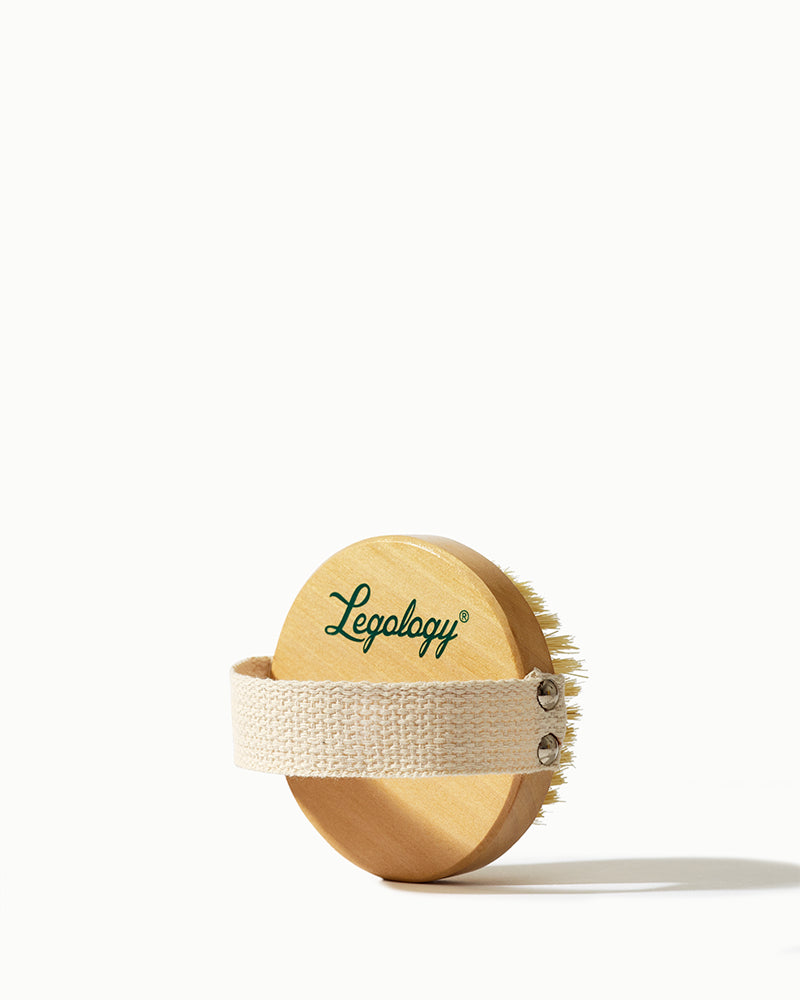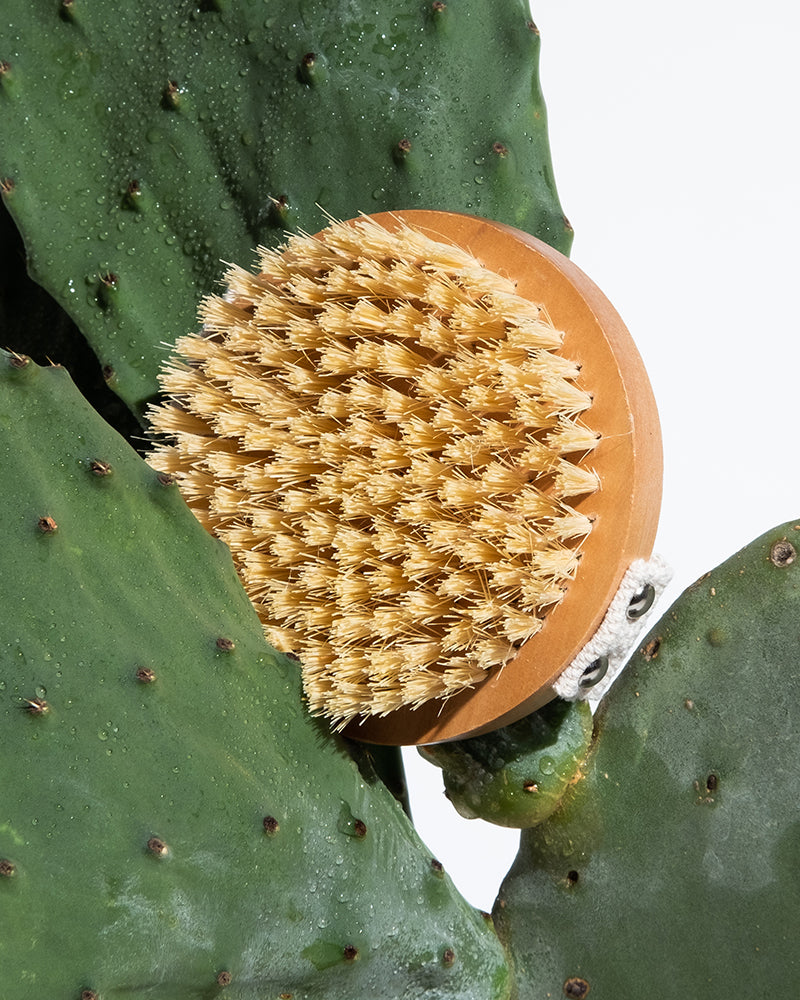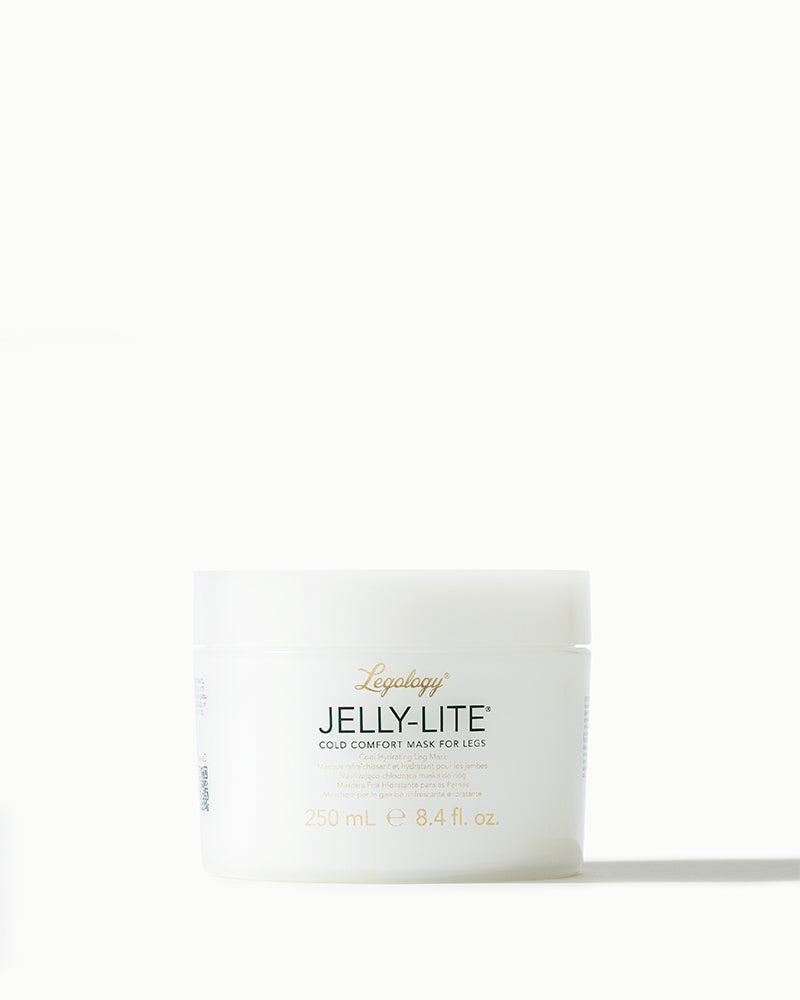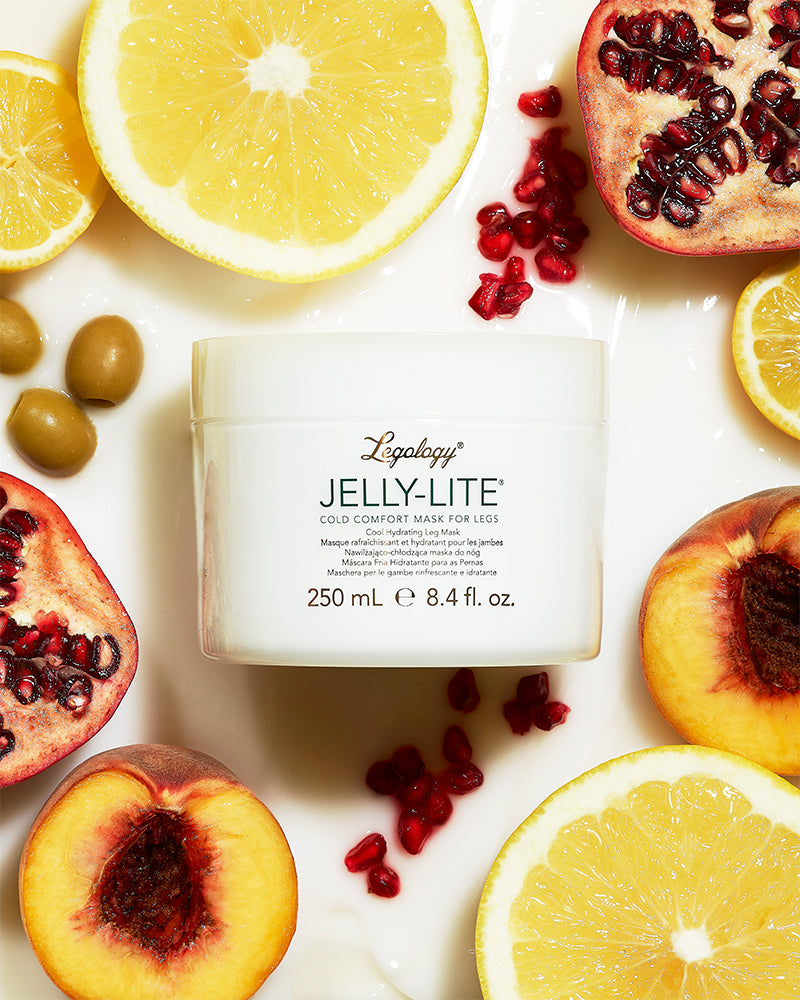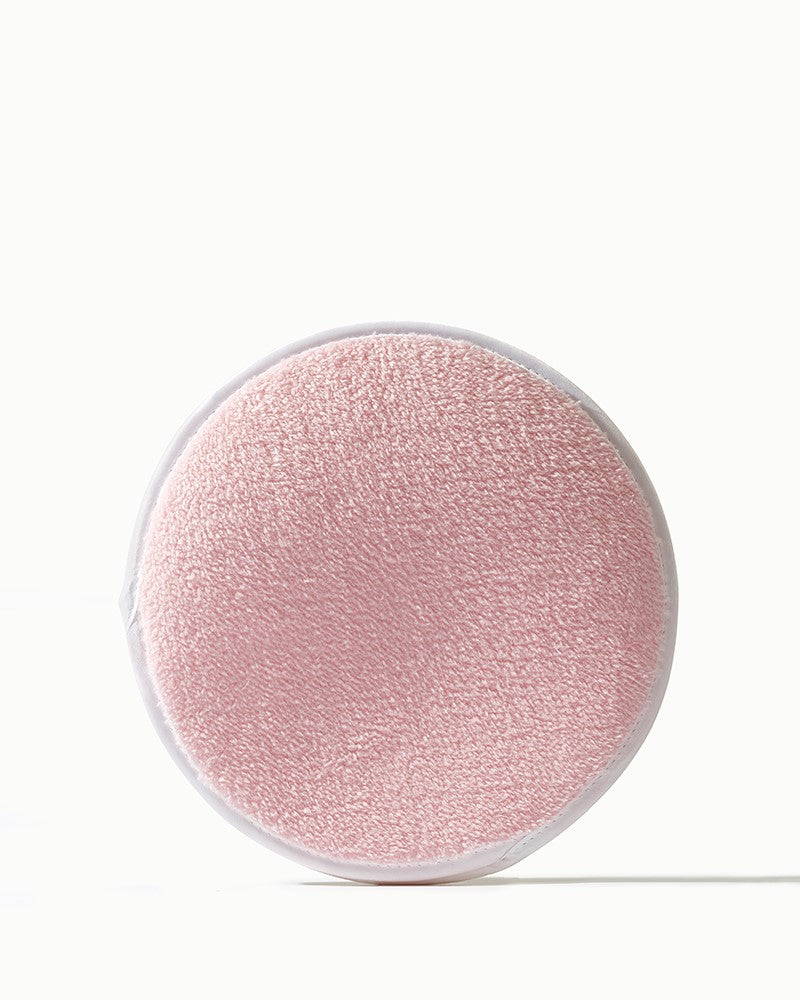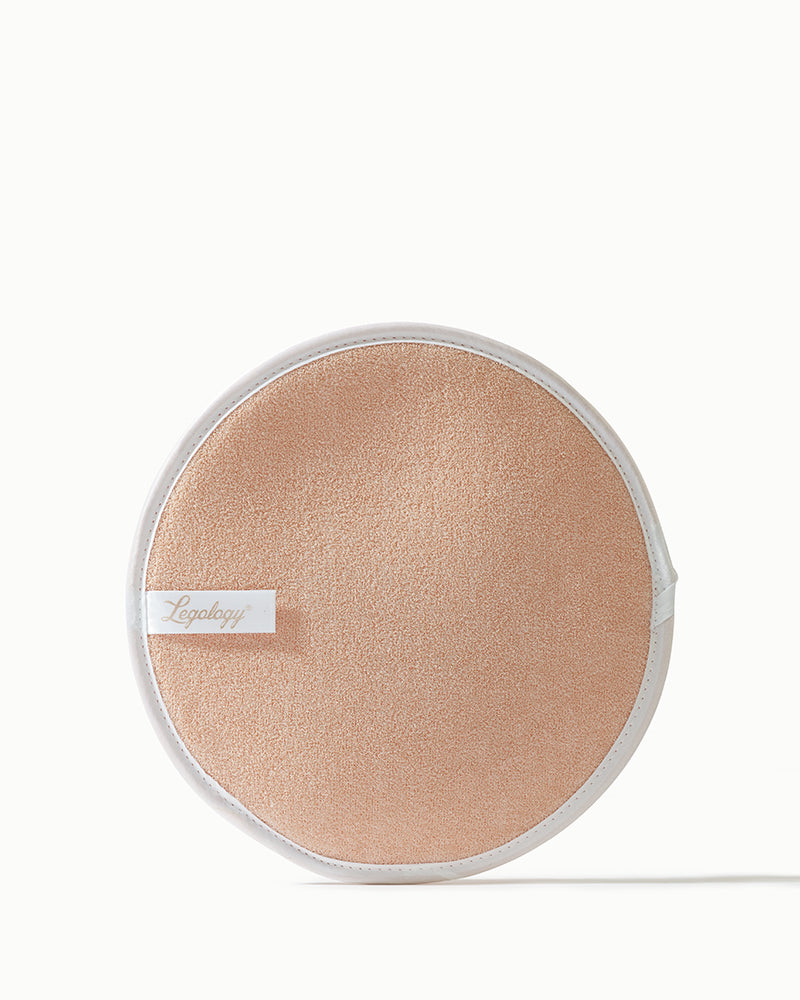How To Get Rid Of Cellulite: Our 5 Simple Steps

When you hear the word ‘cellulite’ – what’s the first thing that comes to mind? An overweight person? Fat? Someone who is unfit, old or flabby? If any of these thoughts spring to mind, we need to give you a quick reality check.
Cellulite has nothing to do with being overweight, unfit or flabby. In fact, it has very little to do with fat. We all know people who are incredibly fit and lean yet still have cellulite – most of us in fact, and certainly up to 90% of post-adolescent women have cellulite. A certain amount of cellulite is not only entirely normal – it’s necessary. With that in mind, isn’t it about time we thought about cellulite – and approached it – differently?
What is cellulite?
Cellulite is simply a word used to describe pockets of fluid which have become trapped between fat cells, causing dimpling and unevenness in the overlying skin. It isn’t a disease or a condition, it’s just the way the connective tissue below the surface of the skin interacts with the layer of fat tissue, and congestion around it.
In women, this fat layer and connective tissue is arranged vertically, which increases the chances of the fat layer protruding, resulting in what we have come to know as cellulite. Men are less likely to experience this, as their connective tissue has a criss-cross structure. As a result, the fat cells have nowhere to visibly protrude, resulting in a less bumpy appearance.
So why are some women more prone to cellulite than others? There are a few reasons:
- Genetics: you are likely to inherit cellulite, and the factors that contribute to it
- Hormonal profile: for instance, a decrease in estrogen during menopause, which in turn affects the blood flow to connective tissue, making dimpling more prominent
- Lifestyle factors: being inactive and eating a diet high in fluid-retaining carbohydrate will encourage cellulite
- Gender: as discussed above

While genetics and hormones play a role, cellulite is greatly affected by your diet and level of activity. Ultimately, some of these things are in your realm of control, and some of them aren’t. Wondering how to get rid of cellulite on the legs? Here’s how to max up the things you can control – each potentially helping to make a big impact on your cellulite:
1. Drink lots of water
Increasing your water intake helps flush your body of toxins and aid in weight loss generally. However, water has even more significance here as it supports the lymph (the body’s natural waste disposal mechanism), helping it to remove waste from the body and prevent the congestion that gathers around fat cells. Water can also improve the strength of collagen and connective tissue in your skin making it much firmer.
2. Eat a healthy diet
Changing your diet can also help make improvements to the appearance of your cellulite. We recommend trying the following:
- Avoid processed, simple carbs and sugars that spike blood sugars and promote weight gain, inflammation and reduced skin elasticity. These three factors can all contribute to the appearance of cellulite
- Reduce your salt intake. Salt contains sodium which causes fluid retention, one of the main causes of cellulite
- Add more lean proteins at each meal to help strengthen the skin’s connective tissue
- Including healthy fats in your diet will aid in hormone production. Around 20% of your diet should include healthy fats to balance your hormone
- Include vitamin C in your diet; it helps to strengthen the skin’s connective tissue, which keeps the fibres around fat cells tight
- Eat more alkaline and water-rich fruits and vegetables to help prevent cell damage, as they are high in antioxidants
- Eat more omega-3 fatty acids, a type of fat which boosts circulation and has an anti-inflammatory effect
- Try to reduce your caffeine intake – it has been shown to have effects on blood flow and getting oxygen and nutrients to skin tissue. If you love it, drink freshly ground organic Arabica bean coffee
- Avoid smoking as it creates toxins in the body. If you can’t resist it, try looking for other ways to quit
3. Be active
It doesn’t really matter what you do for exercise, as long as you are active. You could be doing your 8000 steps a day or going regularly to the gym – it’s all beneficial. This is because exercise helps to pump the lymph, which in turn improves drainage and metabolism of toxins which otherwise congest the body and cause cellulite and heaviness.
As far as specific exercise goes, some workouts are more helpful than others. For example, weight training can remodel the connective tissue where cellulite is trapped to smooth its appearance. The muscle mass gained from weight training tightens these connective tissues to decrease that dimpled look in the skin. Cardiovascular training can also aid in weight loss if that’s a concern – for example, and fast running builds leanness in the legs by lengthening thigh muscles.
4. Body brush
Legology is big on body brushing, and for good reason. It’s one of the biggest favours you can do your body whether you have cellulite or not, as it boosts the lymph and reduces toxicity which causes cellulite and saps energy and positivity. Do it on dry, damp or wet skin and you’ll see a noticeable difference in skin texture, transparency, tone and in time cellulite, with your skin looking ‘cleaner’ and less congested.
We suggest adding a couple of drops of Legology Cellu-Lite Oil to the bristles or brushing over an application of our oil for some effective cellulite treatment. It only takes a minute to do it, using quick flicks all over the body in an upwards direction. Massage, like body brushing, with Lymph-Lite is key because it restores energy and vitality to the body, helping with deep drainage and metabolism of toxins and trapped fluid. Legology Cellu-Lite Oil was made for this job, and Legology Air-Lite Cellulite Cream has a deeply detoxifying benefit on the body too. Apply either product after every shower/bath and brush to support your lifestyle endeavours.
5. Be kind to yourself
Almost every woman has experienced cellulite to some degree – as we’ve said, it’s quite normal and is a natural anatomical female feature. The severity of it is determined by the factors mentioned, while the guidance above will help to reduce and manage it – even remove it completely. Even so, it’s important to stay to be kind to yourself by giving you and your cellulite a bit of a break. After all, some of these factors are out of your control.
It’s crucial to accept that this is the way skin functions on a biological level and the concept of cellulite being an ‘issue’ is a social construct. We do, however, understand how the prevailing view of cellulite being ‘unappealing’ in society – and wrongly associated with being overweight – can impact confidence. In our opinion, coupling the above techniques with a little bit of self-love, understanding and acceptance is the best approach to targeting cellulite.

